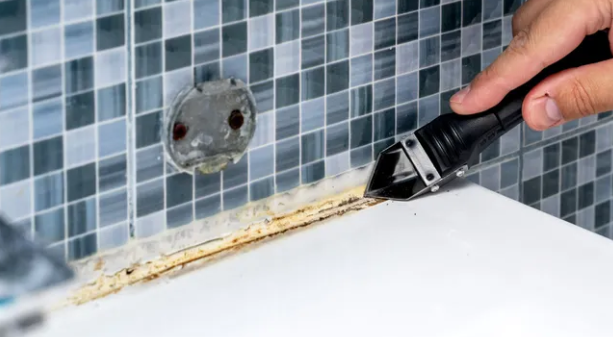You don’t have to be an expert in DIY to benefit from using silicone sealants to fix things in your home, so let’s take a look at how they work and what you can use them for.
What is a silicone sealant?
A silicone sealant is a type of adhesive that comes in liquid form and is applied through a nozzle attached to a large tube. It has the consistency of a gel and is strong and extremely versatile, making it popular with both tradespeople and home improvers. Its main advantage is that it keeps its elasticity in all temperatures and is durable and resistant to weather, making it suitable for both indoor and outdoor use.
![]()
Multi-purpose
Whether you need to secure a mirror, patch a leak, or seal a gap, a silicone sealant is the perfect tool. It is best to look for one that is flexible, waterproof, and mould-resistant to ensure it lasts. Bathroom sealants are specially designed for this, as they are used to seal around the edge of sinks, baths, and showers.
There are many online stockists, such as www.ct1.com/product-applications/sealing-bath-guide-beginners/, if you are looking for a bathroom sealant.
Silicone sealant is quick and easy to apply; however, there will be times when you want to clean it. This is especially likely in damp areas, such as your bathroom, where mould can appear. The Daily Mirror recommends using white vinegar to give bathroom sealant a refresh.
Preparing the surface
Before applying sealant, it is important to remove any dirt or debris using warm soapy water and a clean cloth. You can use a solvent such as rubbing alcohol if the dirt is particularly bad. Wait for the surface to dry before cutting the nozzle on your sealant bottle and applying it.
![]()
Removing silicone sealant
Should you need to replace silicone sealant, you can buy a special remover designed to dissolve the silicone but doesn’t damage the surrounding area. In a similar way to applying sealant, you should first ensure the area is clean from dust and debris, use protective gloves, and open a window.




